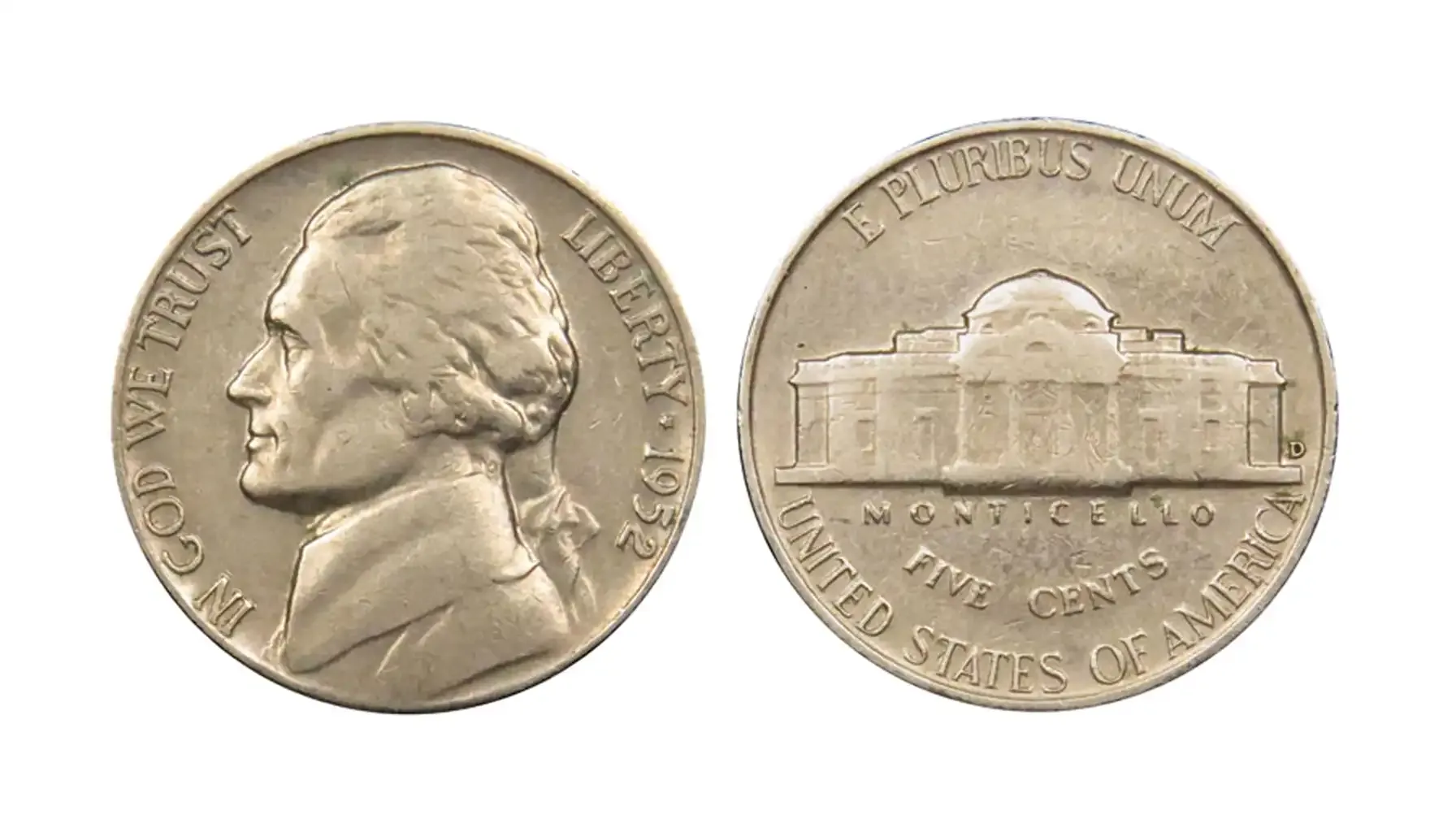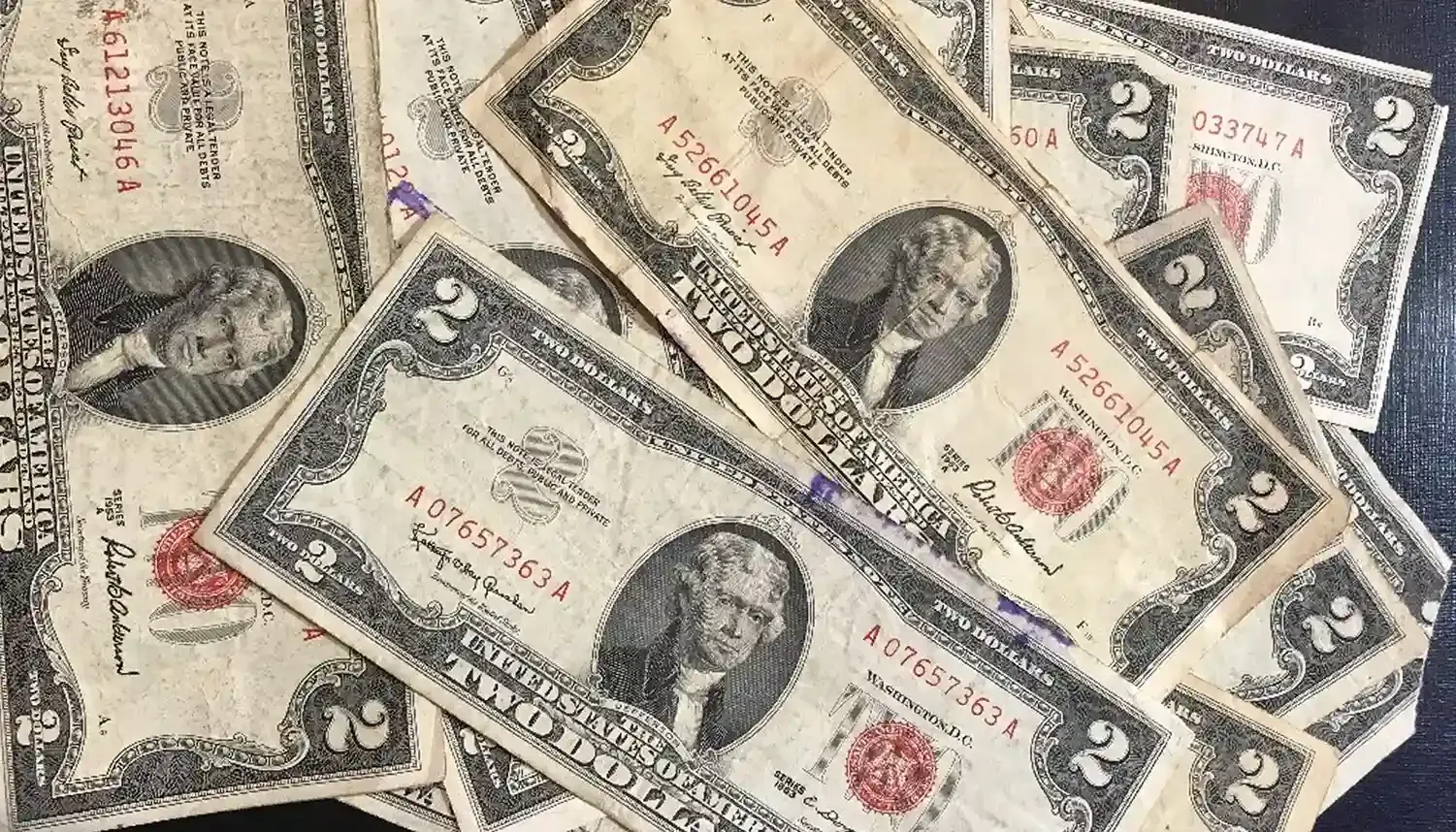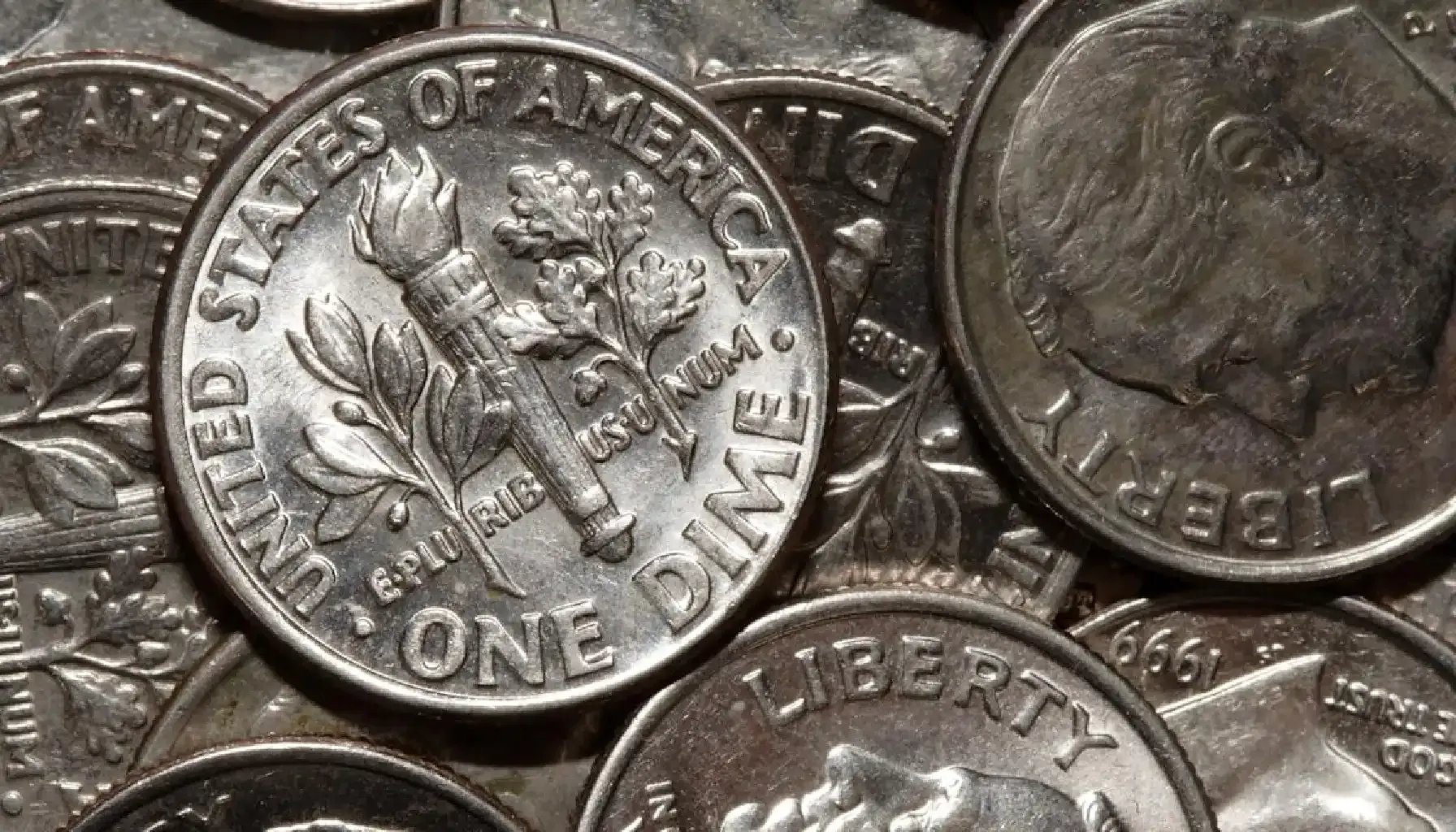Contents:
Paper money is not just a standard means of payment. What if you were to look at the bills in your wallet a little more closely, and perhaps even find a special treasure among them - non-perfect bills with errors. As in the case with coins, some paper money errors can increase the value and worth of a banknote by dozens or even hundreds of times compared to its face value. In some cases, bills with errors can be worth a fortune, depending on the condition of the bill itself, the rarity of the error, the historical significance of the bill, and other factors.
Want to know which of these coveted collectible examples might be right in your wallet and what to look for when searching for them? So, here you will find detailed information on what errors you should look for and how to recognize them.

Printed Accidents: Errors on Banknotes and Their Potential Value
First things first, you should start with the basics and understand that errors on paper money are defects that occur during the production of bills. These errors can greatly increase the collector value of the bills, especially if they are rare and in good condition. You can sometimes easily find them even without coin collecting tools. Refer to the table below to find out what types of United States paper money errors can be found on banknotes.
Error | Cause of Origin | Frequency Rate | Specific Example of a Banknote | Approximate Estimated Value |
Inverted Back | A printing press malfunction in which the reverse side is printed upside down relative to the front side | Rare | A 1996 $20 bill with the backside upside down | $500 - $1,500
|
Offset Printing | Improper alignment of printing plates, resulting in shifting of one or more layers | Sometimes | 2006 $5 bill with Lincoln's facial dislocation | $100 - $250 |
Serial Number Missing | The serial number was not printed due to a malfunction in the printing process | Rare | 2017 $1 bill without serial number (missing all or one side) | $200 - $400 |
Duplicate Serial Number | Due to a printing press error, the same bill gets the same serial numbers | Very Rare | 2013 $1 bill with duplicated serial number | $1,500 - $2,500 |
Overuse of Ink | Too much ink, causing parts of the design to blur or smudge | Sometimes | $50 bill with an ink stain (most commonly found on $50 bills in the 2004 and 2006 series). | $100 - $300 |
Duplicate Fragment Printing | A design fragment was printed twice due to a failure in the printing system | Rare | $100 2017 with duplicate printing on one part | $400 - $800 |
Partial Print | One of the print layers has not been applied or applied incompletely | Sometimes | $10 (2004 or 2013 issue) with part of the portrait missing | $150 - $400 |
Incorrect Print Color | The wrong ink color was used because of incorrect printing machine setup | Very Rare | $10 (issued in 2004 or 2013 ) with incorrect color printing on bills | $1,000 - $3,000 |
Cutting Error | The banknote was cut at the wrong size or part of another banknote was left on its edge | Sometimes | 2013 $5 bill with improper trimming | $150 - $300 |
Partial Watermark | The watermark has been applied incompletely or is missing on a certain part of the banknote | Rare | 2017 $20 bill with partial watermark | $250 - $600 |
How Banknotes with Errors Differ from Regular Ones: Examples of Common Errors
As you can see from the table, some errors are rare or extremely rare, which minimizes the probability that you will find a banknote with this error in your wallet. However, other errors are the most common and may well come across in your everyday life. Thus, the most common errors to look for on paper money are offset printing, overuse of ink, partial printing, trim errors on paper money (cutting error). Let's talk about these errors and examples of these wrong bills in more detail.
Offset Printing
Print misalignment occurs when one or more image layers on a banknote are printed with incorrect alignment. This can be the result of inaccurate placement of printing plates or a failure in the paper feed mechanism. Such an error causes the design elements to shift relative to each other, creating a noticeable visual effect.
Examples:
2006 $5 bill with Lincoln's face offset: On this banknote, the portrait of Abraham Lincoln is offset to the side. On this error banknote, the president's face is positioned closer to the edge of the banknote, making it noticeably asymmetrical, and consequently its unique, attractive, and valuable.
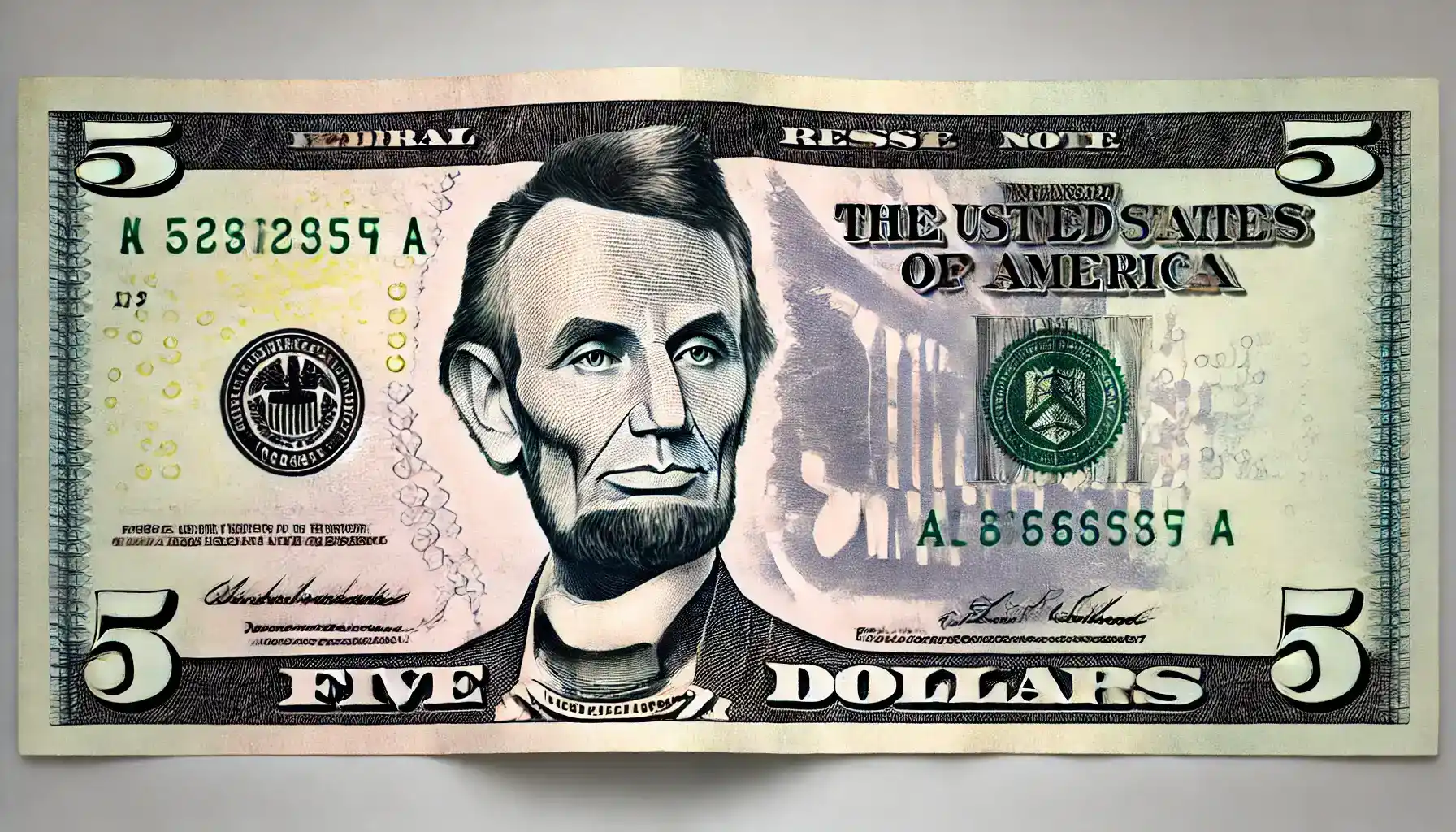
2013 $20 with offset printing: Similar errors on higher denomination banknotes are less common, but these are especially prized for their rarity.
Features and Value:
Bills with this error variant show a noticeable shift in design elements like portraits, serial numbers, or stamps.
Value: Varies from $100 to $250, depending on the degree of misalignment and condition of the bill.
A seal offset can affect both the obverse and reverse sides of a banknote. This error can be either conspicuous or barely visible, which will directly affect the value and worth of such a banknote (the more severe the offset, the higher the value to collectors).
If your paper money costs a lot, think about safe deposit boxes for coins and other valuable things you collect as a numismatist.
Overuse of Ink
Over-inking is the result of an error in the printing process where too much ink is applied to one side of the banknote. This can lead to blurred areas or smudges in design details. A banknote with ink smudges looks “dirty” and in some cases it may be difficult to distinguish design elements. This can be caused by excess ink on the printing plate or a problem with the press pressure.
Examples:
2004 $50 bill with ink stain: On some bills of this denomination, you may see large ink stains that partially overlap images or lettering.
2017 $1 with excessive serial number ink: Serial number appears blurred or thickened due to excessive ink.
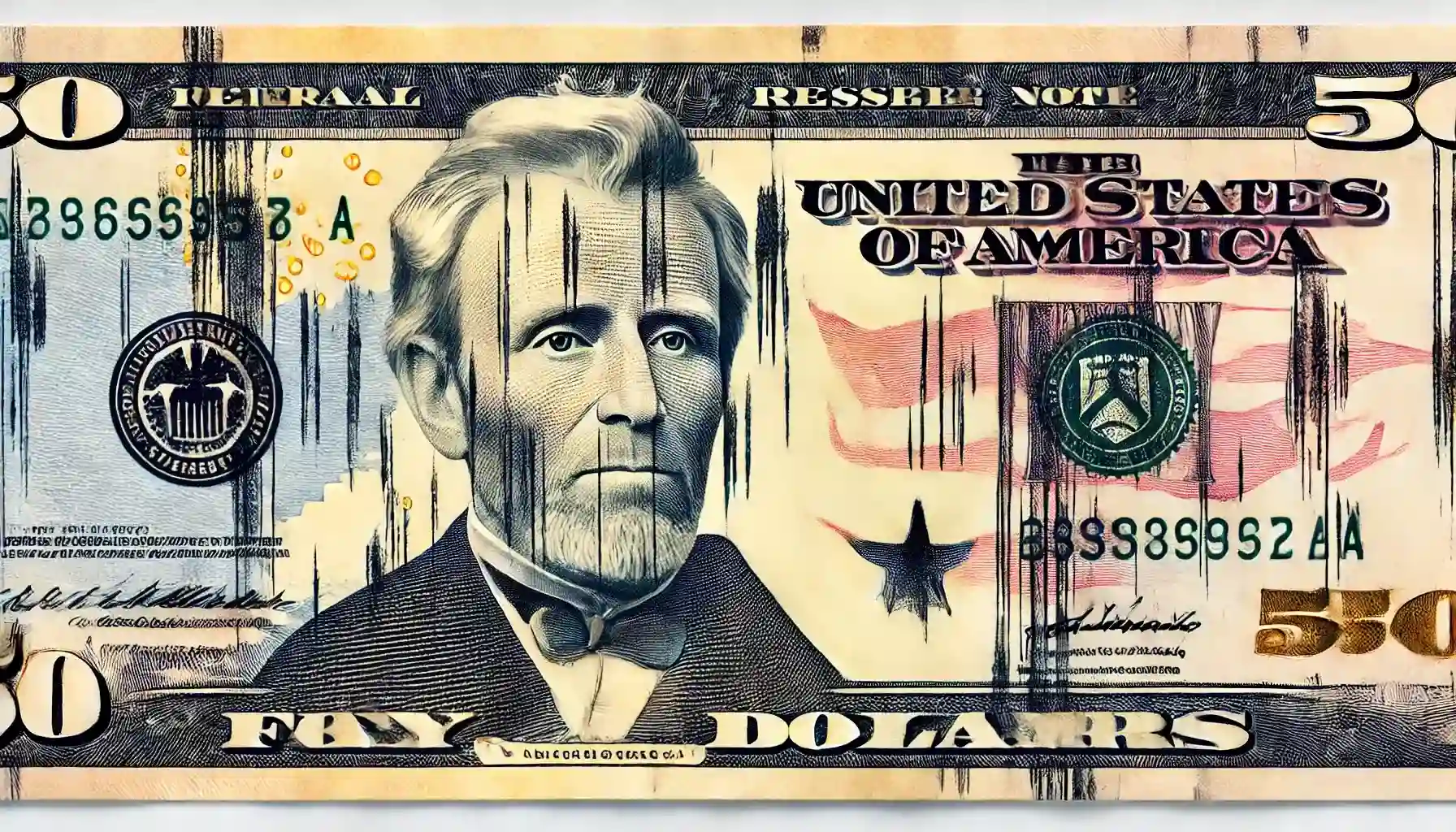
Features and Value:
These error bills have blurred or faded design elements, especially in the area of serial numbers or seals.
Value: $100 to $300, depending on the degree of error and the integrity of the banknote.
Sometimes excessive use of ink can cause certain elements of a banknote to be completely flooded, making it even more valuable. This is more common on large denomination banknotes such as $50 or $100.
Partial Print
Incomplete printing is an error where one or more layers of printing on a banknote have either not been applied or have been partially applied. This may result in the absence of certain elements, e.g., portrait, serial number or the seal of the Ministry of Finance.
Examples:
2013 $10 bill with part of Hamilton's portrait missing: A banknote on which part of the portrait is either faint or completely missing.
2004 $20 with incomplete backside printing: Some details of the image on the back may be unprinted.
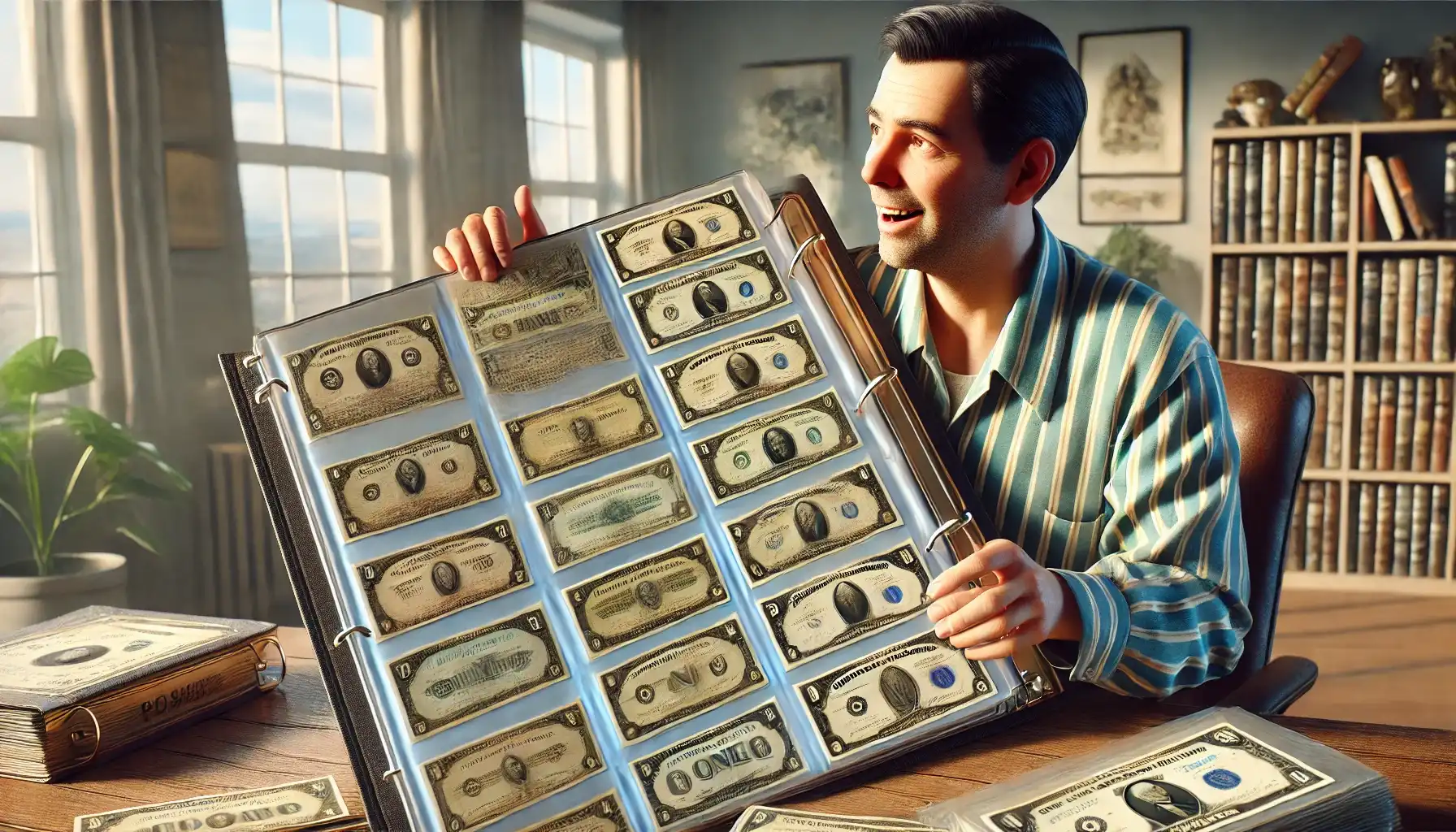
Features and Value:
Appearance: Missing or faint parts of the design, making the banknote unique.
Value: From $150 to $400, depending on the degree of incompleteness and condition of the bill.
Incomplete printing can be the result of a malfunction in the printing press or a clog in the ink supply mechanism. Collectors especially appreciate banknotes with noticeable defects, as this indicates a significant deviation from the norm.
Trim Errors On Paper Money
A trim error occurs when a banknote has been cut incorrectly. This causes the banknote to have the wrong shape, making it easily noticeable among other banknotes. Most often, these errors occur due to a malfunction in the clipping process.
Examples:
2013 $5 bill with improper cut: A 2013 $5 bill with a partial cut, where one edge of the bill shows part of another bill. These bills range in value from $50 to $200 depending on how bad the error is.
Features and Value:
Appearance: Non-standard sizes, asymmetric fields, visible parts of neighboring banknotes
Value: From $150 to $300, depending on the degree of error and preservation.

Banknotes with large trimming errors, where significant portions of other banknotes are visible, can achieve significantly higher prices. Such bills are extremely valuable and sought after by collectors, so they may be worth considerably more than the above range.
Banknotes with these common errors often find their way into regular circulation. By carefully checking your change in stores and cash in your wallet, you may find an interesting specimen. Rare and very rare errors from the table above are most often detected by collectors working with large volumes of banknotes, as well as by bank employees and collectors.
What to Look for When Searching for Errors?
Now when you are familiarized with the main types of errors, it becomes clear what criteria you should focus on when looking for them. We will summarize them below:
1. Be attentive and check the details. Carefully inspect all details of the bills: check the ratio of elements relative to each other, serial numbers on both sides, find and examine security features (from watermarks to security threads). If you find any abnormalities - it is a potentially valuable specimen.
2. Assess the print quality. Look for shifts, double images, or print inversions that are immediately apparent.
3. Use modern technology. These days, you can use apps such as the best free coin identifier app called Coin ID Scanner to quickly determine the value of a bill or coin. This app can help you find information about the coin to identify errors, as well as to estimate its market value.
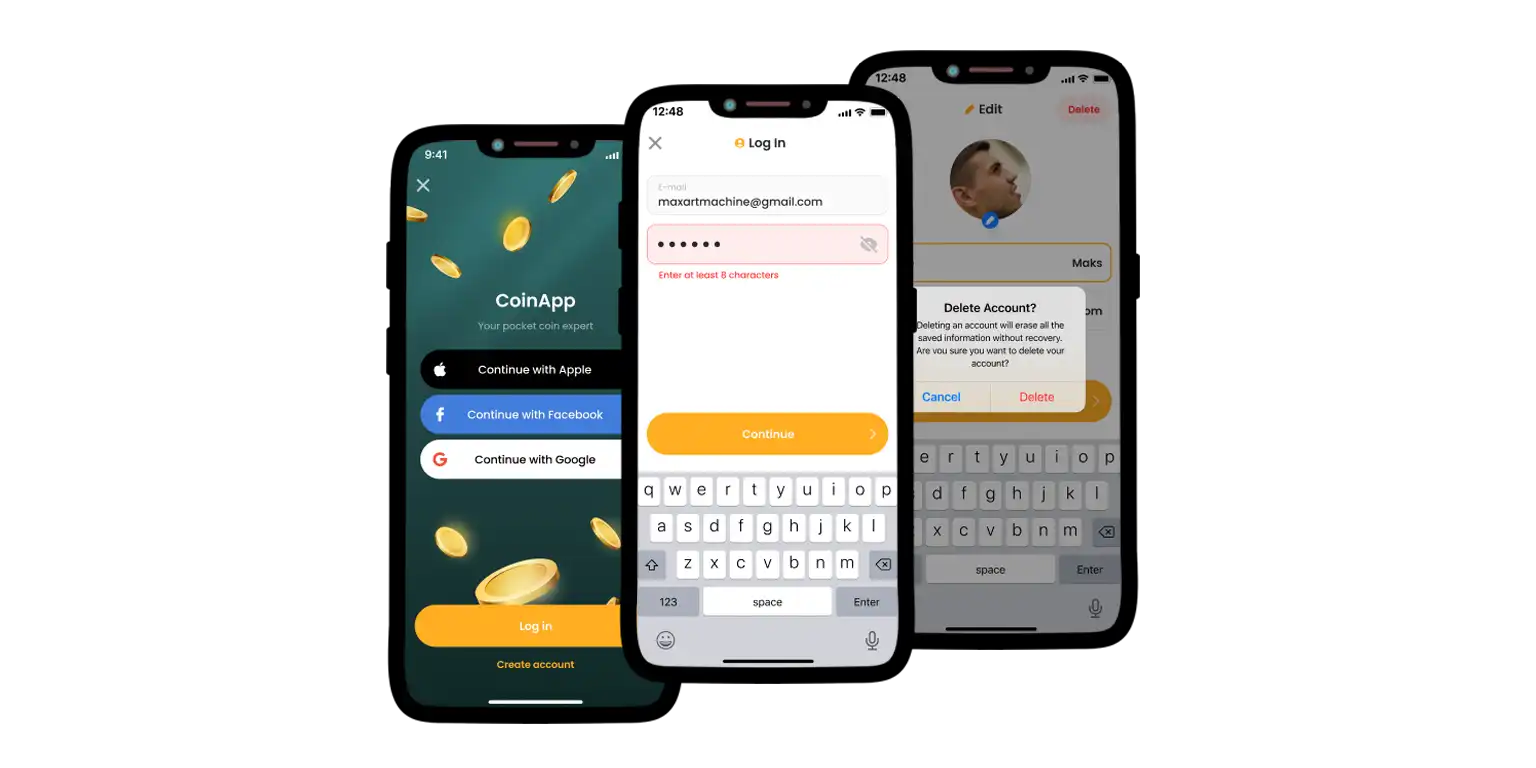
From Mistake to Fortune
Remember that banknotes with errors are not a reason to get rid of the bill, but a chance to acquire a unique and rare specimen that can bring you thousands of dollars. Now that you know the types of errors and what to look for when searching for them, you'll be able to recognize and appreciate error banknotes if you're lucky enough to own one. Keep a close eye on your bills, perhaps your next find could be your most valuable!

